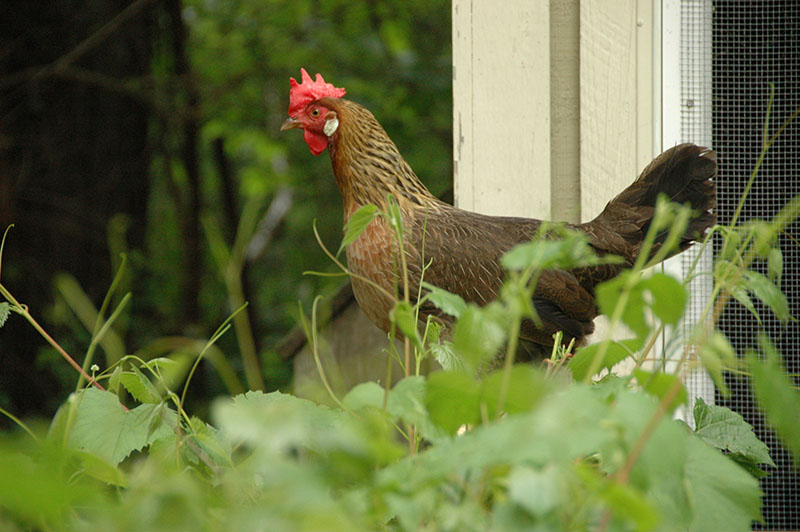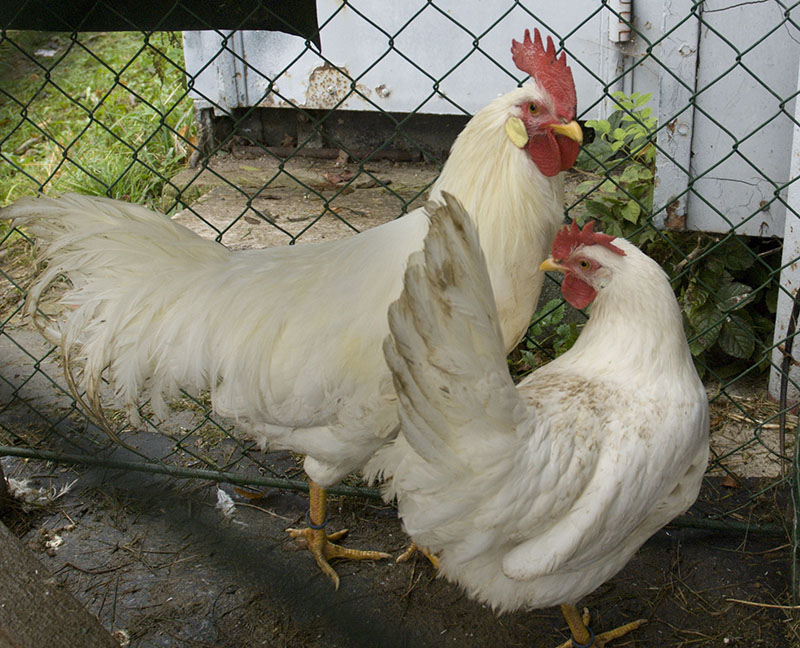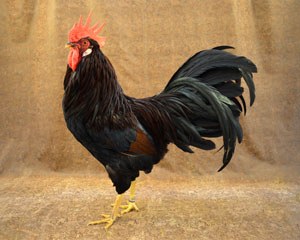Leghorn Chickens
 The Leghorn originate from a region in Northern Italy near the port for its namesake,
Leghorn. The ancestors of this fowl are not known. The Leghorn arrive in America in
the mid-1800’s by Captain Gates. The APA recognizes many varieties of the Leghorn,
but they all came at different times.
The Leghorn originate from a region in Northern Italy near the port for its namesake,
Leghorn. The ancestors of this fowl are not known. The Leghorn arrive in America in
the mid-1800’s by Captain Gates. The APA recognizes many varieties of the Leghorn,
but they all came at different times.
Characteristics
A small, spritely, noisy bird with great style, Leghorns like to move about. They are good foragers and can often glean much of their diet from ranging over fields and barnyards. Leghorns are capable of considerable flight and often roost in trees if given the opportunity. Leghorns and their descendants are the most numerous breed we have in America today. The The Leghorn has red wattle, white earlobes, and either a single or rose comb. Leghorns rarely go broody.
Standard Weights
Cock: 6 lbs
Hen: 4.5 lbs
Cockerel 5 lbs
Pullet: 4 lbs
Varieties
- Single Comb Dark Brown
- Single Comb Light Brown
- Rose Comb Dark Brown
- Rose Comb Light Brown
- Single Comb White
- Rose Comb White
- Single Comb Buff
- Rose Comb Buff
- Single Comb Black
- Single Comb Silver
- Single Comb Red
- Single Comb Black Tailed Red
- Single Comb Columbian
Skin Color
 Yellow.
Yellow.
Egg Shell Color
White.
Use
The Leghorn is primarily a layer. The hen lays around 200 or more eggs per year.
References
Chicken Breeds and Varieties (A2880), John L. Skinner, University of Wisconsin-Madison
Ekarius, Carol. "Chickens: Leghorn." Pocketful of Poultry: Chickens, Ducks, Geese, Turkeys. North Adams, MA: Storey Pub., 2007. 100-01. Print.
"Leghorn - Non Industrial - Chicken." The Livestock Conservancy. The Livestock Conservancy, n.d. Web. 30 June 2015.
Lewis, Celia. "Breed Profiles: Leghorn." The Illustrated Guide to Chickens: How to Choose Them, How to Keep Them. New York: Skyhorse Pub., 2011. 109-10. Print.
